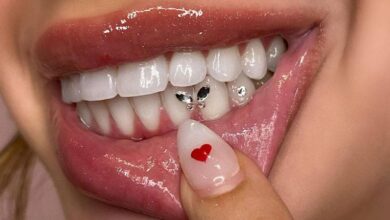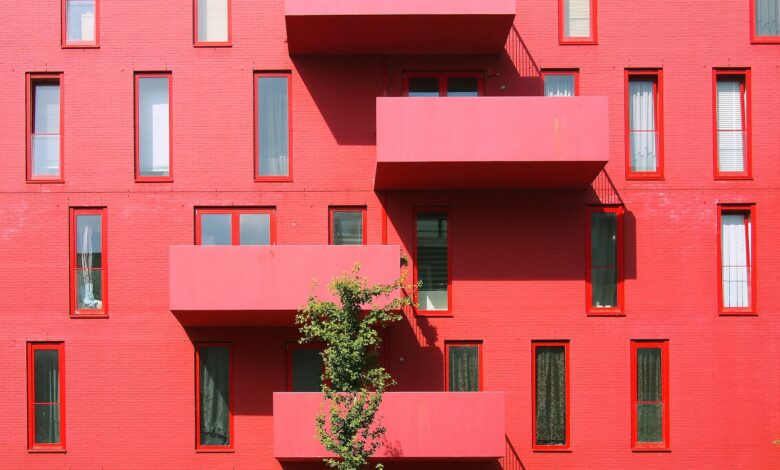
You are about to embark on a fascinating exploration of the captivating world of metallic reds. In this article, we will take a closer look at the stunning transformation from copper to bronze and unravel the irresistible charm these shades possess. Prepare to be enchanted as we dive into the beguiling allure of metallic reds and discover the secrets behind their timeless beauty. Get ready to unveil the captivating journey from copper to bronze and celebrate the magnetic pull of these mesmerizing hues.
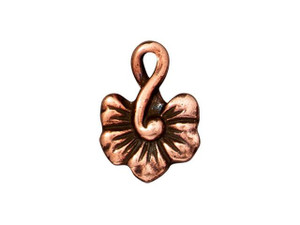
Historical Background
Copper: The First Metal Discoveries
Copper, one of the oldest known metals, has played a significant role in human history. Its discovery dates back to ancient civilizations, where its malleability and conductivity were utilized. Early civilizations, such as the Mesopotamians and Egyptians, recognized copper’s usefulness in tools, jewelry, and even weapons. Its natural reddish hue captivated them, foreshadowing the allure of metallic reds in the centuries to come.

The Transition from Copper to Bronze
The transition from copper to bronze marked a groundbreaking advancement in metallurgy. Approximately 5,000 years ago, civilizations discovered that alloying copper with tin resulted in a stronger, more durable metal. This discovery gave rise to the Bronze Age and revolutionized societies across the globe. The incorporation of tin added depth and complexity to the existing reddish hue of copper, creating a palette of metallic reds that would shape the world of art and design for centuries to come.
The Significance of Metallic Reds
Metallic reds have held substantial cultural significance throughout history. The vibrant and captivating hues have long been associated with power, wealth, and prestige. This association is derived from the rarity and allure of metals such as copper, cuprite, and chalcotrichite, which display various shades of red. The symbolic and metaphorical value attributed to these colors has ensured their continued presence in art, architecture, and fashion throughout the ages.
Chemistry and Formation
Understanding Metallic Red Pigments
The captivating beauty of metallic reds lies in their unique chemical composition. Metallic red pigments are primarily formed by the presence of copper oxides, specifically cuprite (Cu₂O) and chalcotrichite (Cu₂O·Cu(OH)₂). These minerals possess a crystalline structure that interacts with light, resulting in the vibrant red hues that have enticed artists and designers for centuries.
The Role of Copper Oxides
Copper oxides play a crucial role in the formation of metallic red pigments. Cuprite, known as the red oxide of copper, is responsible for the deep, rich red tones observed in artworks and architectural elements. Chalcotrichite, often referred to as hair copper ore, adds a delicate touch to metallic red hues, creating a finer and more intricate texture. The combination of these copper oxides results in a wide spectrum of reds that have fascinated and inspired creativity throughout history.
Interaction with Other Elements
The formation of metallic reds is not solely dependent on copper oxides. The presence of other elements can greatly influence the color and intensity of the resulting pigments. For instance, the incorporation of green hues arises from the inclusion of minerals like malachite, a blend of green and red. Similarly, azurite, a blue-rich mineral, can introduce unexpected variations to metallic reds. Through the interplay of different elements, a multitude of shades and complexities emerge, providing artists and designers with a diverse palette to work with.
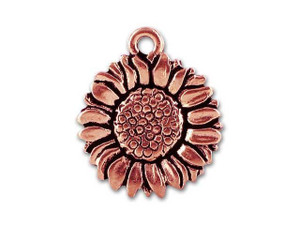
Cultural Significance
Iconic Use in Ancient Art
The use of metallic reds in ancient art was iconic, leaving lasting impressions on civilizations throughout history. In civilizations such as Ancient Egypt, metallic red pigments were highly valued and featured prominently in murals, jewelry, and tomb decorations. The symbolic nature of these colors, coupled with their vibrant and regal appearance, made metallic reds a key component in conveying power, divinity, and eternal life.
Symbolism and Representations
Metallic reds have been utilized across different cultures to convey a range of symbolic meanings. In Chinese culture, red symbolizes good fortune, joy, and celebration. In Hinduism, red represents passion and fertility. In Christianity, it is associated with sacrifice and redemption. The varying symbolism attached to metallic reds demonstrates their universal appeal and the profound impact they have on cultural expressions and beliefs.
Artistic Depictions in Modern Culture
The legacy of metallic reds lives on in modern culture, with artists and designers continually finding inspiration in these captivating hues. Contemporary art often incorporates metallic reds to evoke emotions, create focal points, and add depth to their compositions. From abstract paintings to avant-garde sculptures, metallic reds offer an element of intrigue, demanding attention and igniting curiosity.
Varieties of Metallic Reds
Red Copper
Red copper, also known as cuprous oxide, showcases the pure essence of metallic reds. Its vivid hue, reminiscent of a fiery sunset, has made it a prized material throughout history. From intricate jewelry to ornate architectural accents, red copper has captivated and delighted civilizations for centuries.
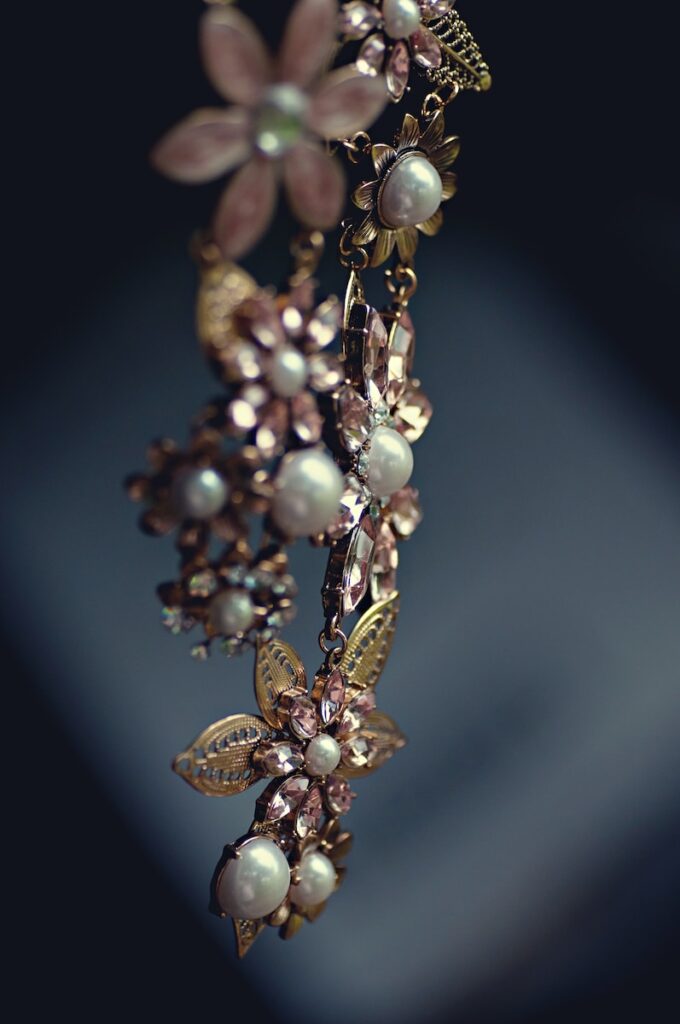
Cuprite: The Red Oxide
Cuprite, or red copper oxide, boasts a deep crimson shade that exudes elegance and intensity. Its presence can be found in ancient artifacts, sculptures, and historic paintings, where it lends its vibrant hue to convey power, passion, and profound emotions. Cuprite’s contribution to metallic reds cannot be overstated, as its distinctive color has left an indelible mark on human creativity.
Chalcotrichite: The Hair Copper Ore
Chalcotrichite, commonly known as hair copper ore, is a fascinating mineral that enhances metallic reds with delicate textures and intricate details. Its inclusion in artworks provides a sense of movement and dynamism, reminiscent of flowing hair or shimmering waves. Chalcotrichite’s unique qualities make it a sought-after addition to metallic red pigments, enriching their visual appeal and captivating viewers.

Malachite: A Blend of Green and Red
Malachite, a mesmerizing fusion of green and red, adds a touch of complexity to the world of metallic reds. The intertwining of these contrasting hues creates a harmonious blend that is both striking and intriguing. Often used in decorative arts and jewelry, malachite infuses metallic red pigments with a verdant charm, symbolizing growth, balance, and renewal.
Azurite: The Blue-Rich Mineral
Azurite, known for its deep blue hue, surprises and enthralls when introduced to the realm of metallic reds. Its inclusion in these pigments adds an unexpected variation that evokes a sense of mystery and exploration. The interplay between the vibrant red and mesmerizing blue creates a striking contrast, making azurite-infused metallic reds an alluring choice for artists and designers seeking innovation and dynamism.
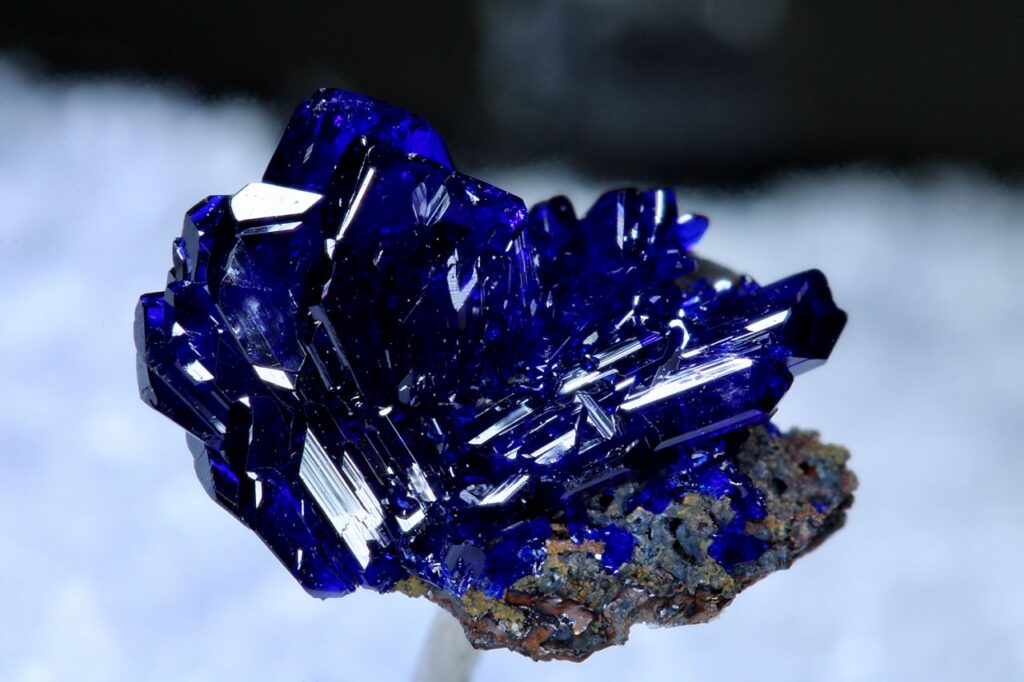
Bronze: A Masterful Combination
Bronze, an alloy of copper and tin, represents the pinnacle of mastery in metallic reds. The combination of copper’s innate reddish hue and the added strength and versatility of tin creates an awe-inspiring material. From ancient sculptures to intricate architectural details, bronze showcases the rich and captivating essence of metallic reds, elevating them to a level of artistry that stands the test of time.
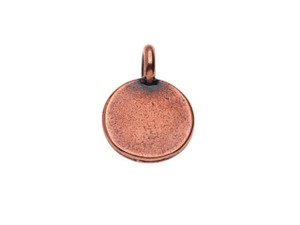
Applications in Architecture
Ancient Architecture and Monuments
The allure of metallic reds has left an indelible mark on ancient architecture and monuments. From the towering pyramids of Ancient Egypt to the majestic temples of Greece, metallic red pigments were utilized to create awe-inspiring structures. The vivid red hues added a sense of regality and spirituality to these architectural marvels, captivating the imagination and leaving observers in awe of their beauty.
Modern Architectural Designs
In modern architecture, metallic reds continue to find their place and assert their timeless appeal. From eye-catching facades and dazzling interiors to decorative accents and sculptural elements, metallic red pigments provide architects and designers with a bold and captivating palette. Their use infuses structures with a sense of dynamism, making them stand out and leave a lasting impression on all who encounter them.

Stately Buildings and Landmarks
Stately buildings and landmarks, such as government structures and historical sites, often incorporate metallic reds into their design. These colors evoke a sense of grandeur, tradition, and prestige, reinforcing the significance and importance of these places. By utilizing metallic reds in architecture, these buildings become symbols of power, history, and cultural identity, captivating visitors and leaving an enduring impact.
Artistic Uses
Painting Techniques and Styles
Artists have long experimented with metallic reds, employing various painting techniques and styles to evoke different emotions and visual effects. From delicate glazing and subtle blending to bold brushstrokes and impasto applications, metallic reds offer a versatile and captivating medium for artistic expression. Whether used to depict landscapes, portraits, or abstract compositions, these pigments infuse artwork with energy, depth, and a touch of magic.
Famous Paintings Utilizing Metallic Reds
Throughout history, renowned painters have utilized metallic reds to create iconic and unforgettable works of art. The captivating red hues can be observed in Vincent van Gogh’s “Starry Night,” where the swirling reds in the night sky evoke a sense of passion and intensity. Similarly, Gustav Klimt’s shimmering masterpiece, “The Kiss,” features metallic red accents that contribute to the painting’s sensuality and elegance. These famous paintings serve as testaments to the enduring allure and impact of metallic red pigments in the realm of visual arts.
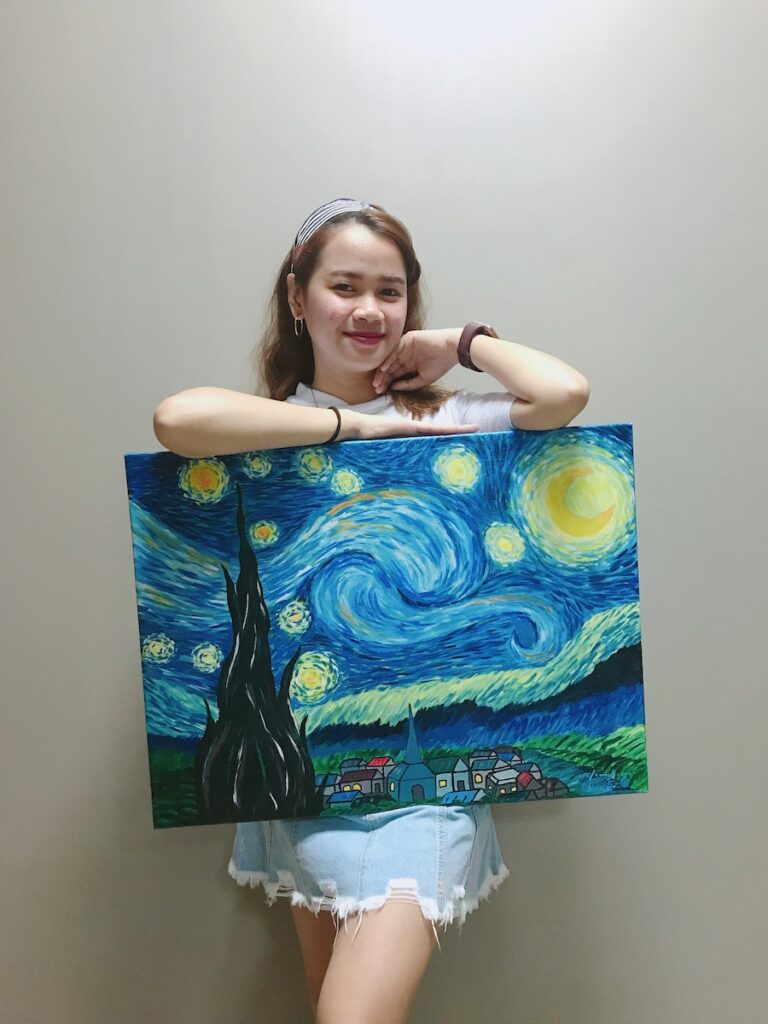
Contemporary Trends in Art
In the realm of contemporary art, metallic reds continue to inspire and captivate artists and viewers alike. Artists explore new mediums, experiment with unconventional materials, and push the boundaries of traditional techniques to create innovative and thought-provoking works. Incorporating metallic red pigments into mixed-media installations, digital art, or performance pieces, contemporary artists infuse their creations with a touch of timeless beauty and evoke a wide range of emotions.
Fashion and Design
Textile and Fabric Selections
Metallic reds have found their place in the world of fashion and design, adorning fabrics that capture attention and create a sense of allure. Textile designers and fashion houses incorporate metallic red pigments into fabrics such as satin, silk, and brocade, elevating garments to new levels of sophistication. From flowing evening gowns to tailored suits, these vibrant reds transform fashion into wearable art, commanding attention and inspiring confidence.

Jewelry and Accessories
In the realm of jewelry and accessories, metallic reds add a touch of elegance and charm. Precious metals such as copper and bronze, with their inherent reddish hues, are often crafted into stunning pieces that captivate with their rich color and unique luster. From statement necklaces and delicate bracelets to intricate earrings and show-stopping rings, metallic reds bring warmth, opulence, and a timeless appeal to adornments.
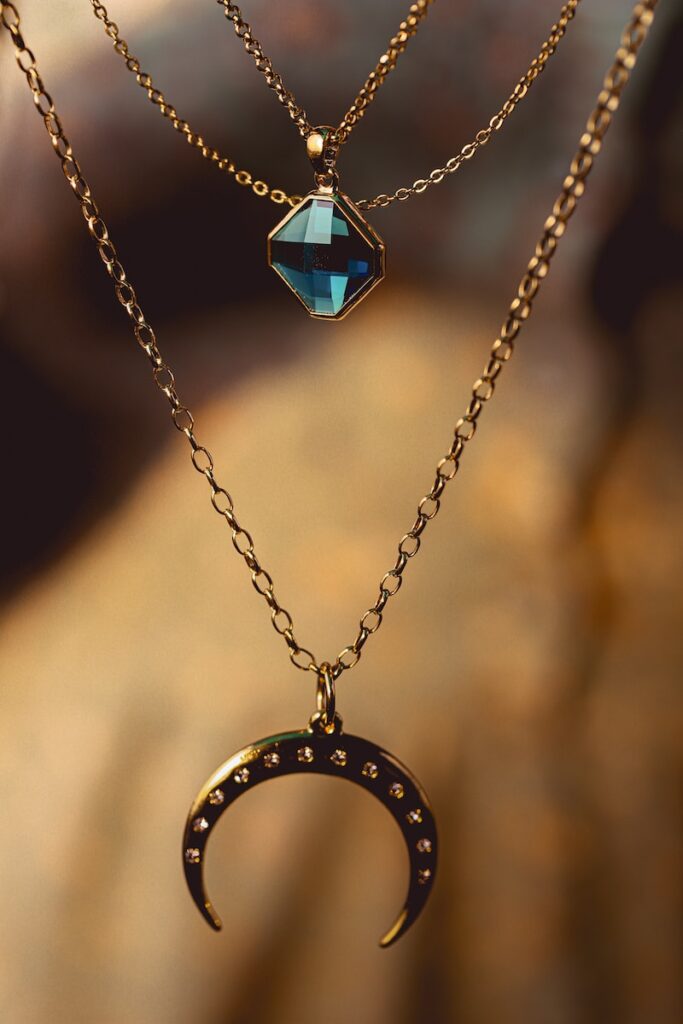
Home Decor and Interior Design
Metallic reds have also become a staple in home decor and interior design. From bold accent walls and exquisite wallpaper to statement furniture pieces and decorative accessories, these captivating hues add depth and personality to living spaces. The warm and inviting nature of metallic reds creates an ambiance of comfort and luxury, ensuring that homes resonate with a sense of style and sophistication.

Symbolism and Meanings
Red as Passion and Love
The color red has long been associated with passion and love across cultures. Its vibrant and energetic nature evokes feelings of romance, desire, and intense emotions. Metallic reds, with their unique shimmer and depth, further amplify these associations, making them a powerful symbol of love and passion in art, literature, and human relationships.
The Historical Context of Red
Throughout history, metallic reds have held cultural significance, symbolizing power, wealth, and divine connections. Red was often reserved for the elite, signifying their status and command over resources. The historical context surrounding the color red has imprinted it with connotations of power, courage, and prestige, ensuring its enduring appeal in the realms of art and design.
The Emotional Impact of Metallic Reds
The emotional impact of metallic reds cannot be underestimated. These vibrant and captivating hues evoke a range of feelings, from excitement and energy to strength and determination. Metallic reds can inspire creativity, spark motivation, and provoke introspection. Whether used in art, design, or personal adornment, their emotional resonance instills a sense of wonder and connects individuals to the rich tapestry of human experiences.
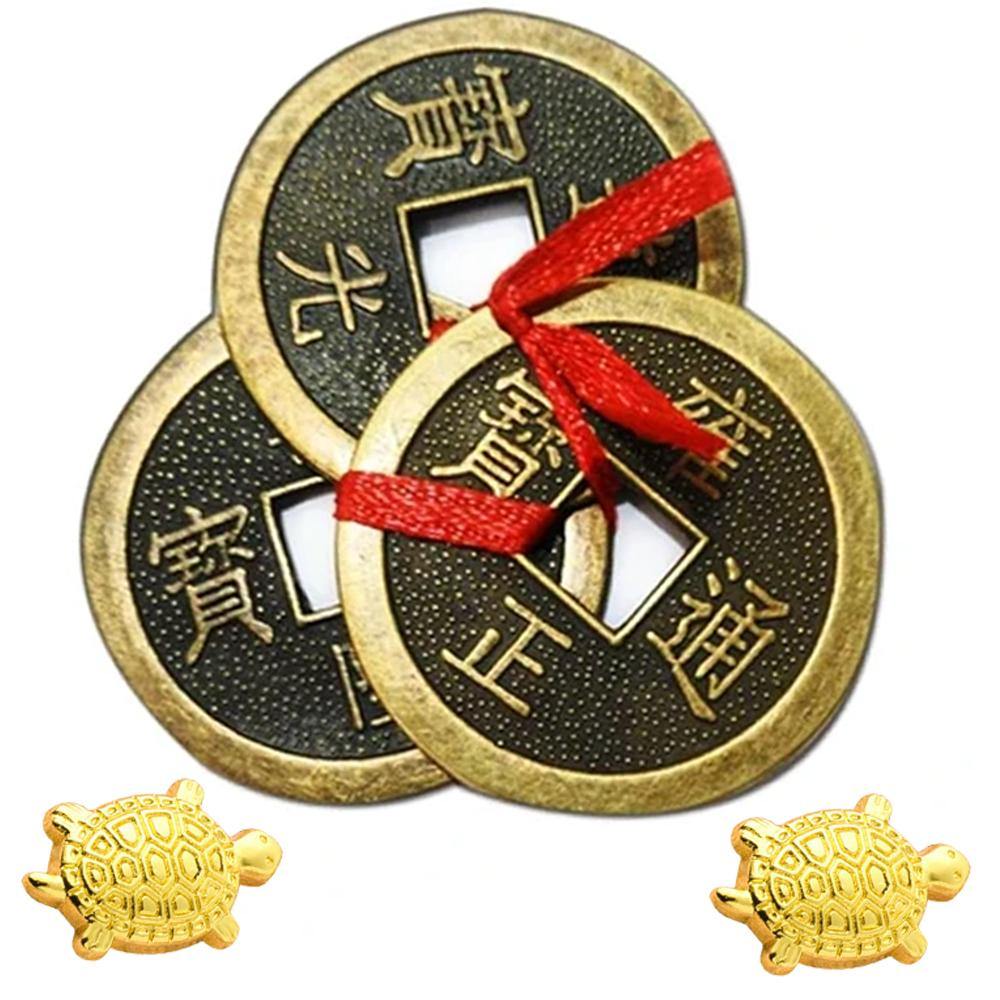
Rediscovery and Revival
Exploring Ancient Methods
The rediscovery and revival of ancient methods for creating metallic reds have led to a renaissance in their use in contemporary society. Artists, historians, and scientists have delved into the techniques employed by ancient civilizations, refining and adapting them to modern contexts. By studying historical pigments and experimenting with traditional methods, these enthusiasts ensure that the charm and beauty of metallic reds are preserved and celebrated.
Modern Techniques and Innovations
In addition to ancient methods, modern techniques and innovations have further expanded the possibilities for utilizing metallic red pigments. Advances in chemistry, materials science, and technology have contributed to the development of more durable and versatile red pigments. These innovations allow for greater control over color properties, providing artists and designers with a wider range of options to create captivating works of art and design.
Relevance in Contemporary Society
Despite the passage of time, metallic reds remain relevant and cherished in contemporary society. Their timeless charm and captivating hues continue to captivate and inspire across various creative industries. Metallic reds are not confined to the past – they continue to be embraced and reinvented, making a bold statement in the world of art, design, fashion, and beyond.
Preservation and Conservation
Challenges in Maintaining Metallic Reds
Preserving the rich and vibrant hues of metallic reds presents several challenges. Over time, exposure to the elements, light, and pollutants can lead to the fading or discoloration of these pigments, diminishing their original beauty. The delicate nature of some metallic reds, such as cuprite, requires careful handling and conservation practices to prevent deterioration and ensure their longevity.
Preservation Efforts in Heritage Sites
Heritage sites around the world serve as custodians of metallic reds, working tirelessly to preserve their beauty and historical significance. Museums, art galleries, and cultural institutions employ conservation experts who employ meticulous techniques to clean, stabilize, and protect artworks and architectural elements that showcase metallic reds. Through ongoing preservation efforts, these institutions ensure that future generations can appreciate and marvel at the allure of metallic reds.
Adapting Conservation Methods
As scientific understanding and conservation techniques evolve, specialists continue to adapt their practices to better preserve metallic reds. Advances in imaging technology and non-invasive analysis methods allow for a deeper understanding of pigment degradation and help inform conservation strategies. This ongoing research ensures that metallic reds are safeguarded for future generations, maintaining their vibrancy and charm for years to come.
From Copper to Bronze: Metallic Reds and Their Charm have truly stood the test of time. Their captivating hues and rich history continue to enchant artists, designers, and enthusiasts across the globe. From ancient civilizations to the contemporary world, metallic reds have proved their place in art, architecture, fashion, and design, leaving an indelible mark on human creativity and cultural expression. As we continue to explore, revive, and preserve the charm of metallic reds, we embrace a connection to history and a celebration of the enduring beauty and significance of these captivating pigments.




